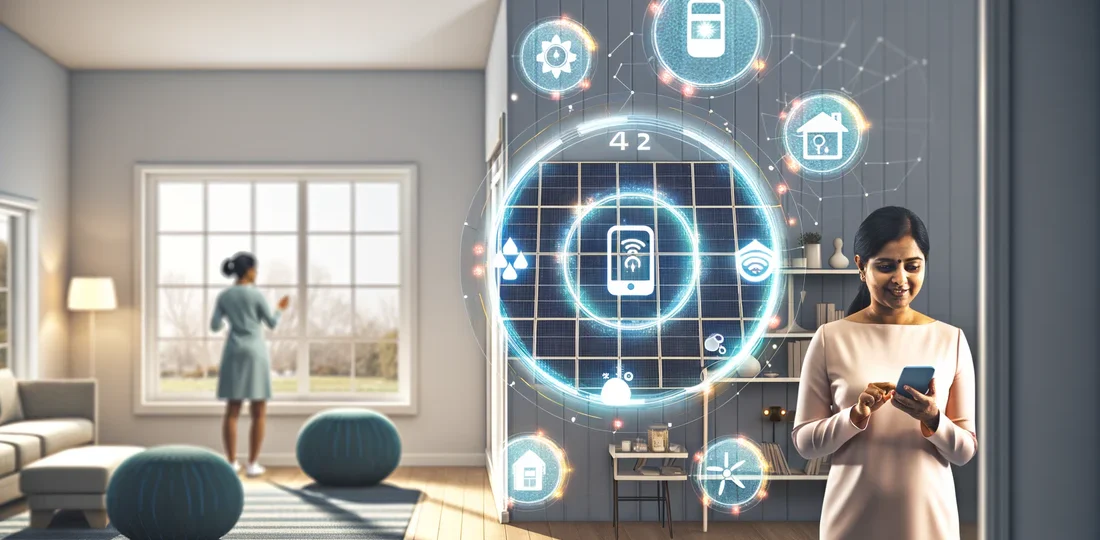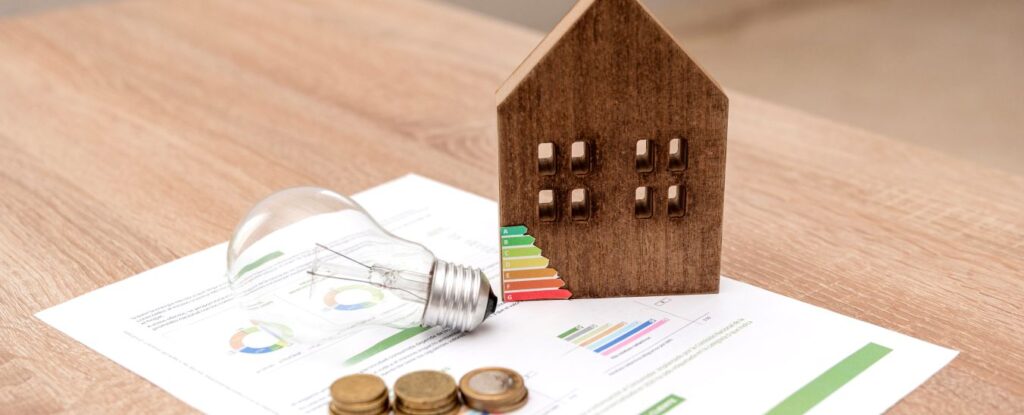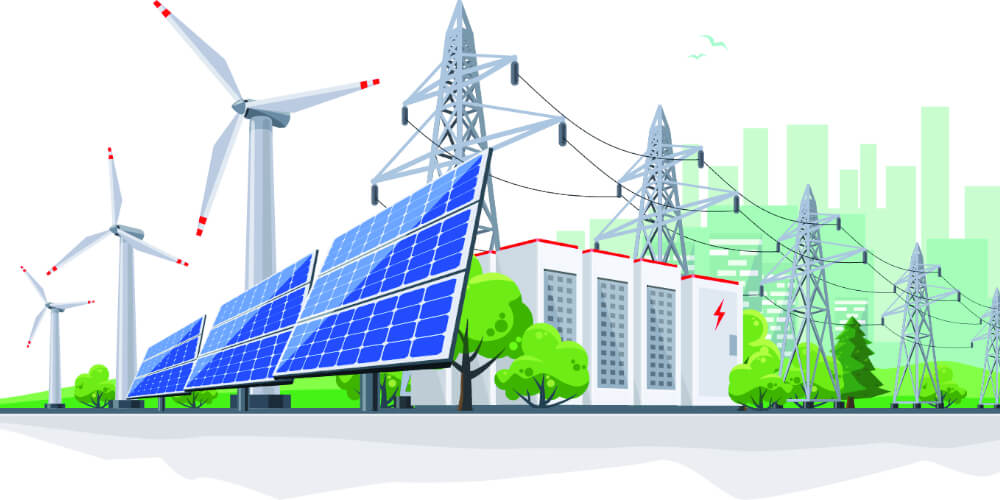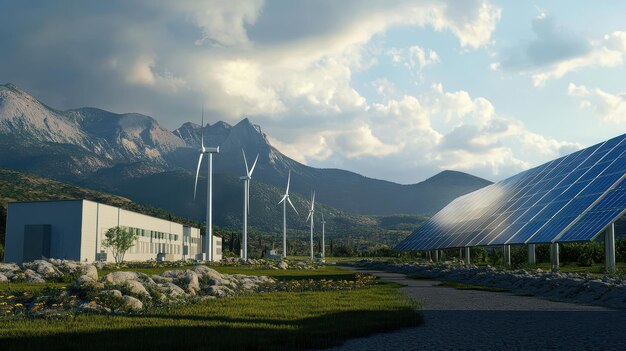
Boost Home Energy Efficiency with Smart Upgrades Today
Upgrade Your Home’s Energy Efficiency
Transforming an old home not only enhances its aesthetic appeal but also significantly boosts its energy efficiency. For homeowners of properties over 15 to 20 years old, the benefits of upgrading windows, doors, and insulation can be both transformative and financially impactful. As energy costs rise, the push for energy-efficient materials becomes increasingly important, especially in regions with harsh climates.
Importance of Window and Door Replacement
Old windows and doors can lead to significant energy losses, resulting in higher heating and cooling bills. Opting for energy-efficient replacements allows homeowners to maximize thermal performance. Modern windows, for instance, come with features such as double or triple glazing, low-emissivity coatings, and thermal breaks that significantly reduce drafts.
When selecting replacements, consider these factors:
- Energy Star certification, which ensures top performance.
- Material choices, including vinyl, fiberglass, or wood, each offering unique benefits.
- Installation quality, which can heavily influence efficiency.
Engaging with professionals can guarantee that you get the best recommendations tailored to your home’s needs.

Maximizing Insulation Effectiveness
Proper insulation is crucial for a home’s energy efficiency. For those in colder climates, top-rated insulation products can prevent heat loss and maintain comfort. Additionally, effective insulation also aids in soundproofing, creating a more peaceful living environment.
When considering insulation, evaluate the following products:
- Spray foam insulation, known for its high R-value.
- Batt insulation, ideal for attics and walls.
- Cellulose, an environmentally friendly option made from recycled materials.
Furthermore, reputable Canadian insulation suppliers can provide guidance on the best materials suited for your specific climate and home structure.
Energy-Efficient Home Materials
Making thoughtful choices about energy-efficient home materials can further enhance your home’s performance. Options such as high-efficiency appliances and sustainable flooring not only reduce your carbon footprint but can also be appealing when selling or renting your home.
Prioritizing energy efficiency in renovations translates into reduced utility costs and increased property value. This kind of planning is especially beneficial for families and pensioners who are keen to maintain a sustainable and comfortable lifestyle while also considering future investments. By collaborating with professionals who specialize in energy-efficient upgrades, homeowners can enjoy the peace of mind that comes with making responsible improvements to their properties.
Investing in Energy-Efficient Appliances
In addition to replacing outdated windows and enhancing insulation, upgrading to energy-efficient appliances is a fundamental step in boosting your home’s energy performance. Appliances account for a significant portion of energy use in most households, and opting for models with higher efficiency ratings can lead to substantial savings over time. Energy-efficient appliances consume less electricity and water, making them a smart choice for sustainable living.
When selecting new appliances, consider these energy-saving options:
- Refrigerators with an Energy Star label that use less energy than conventional models.
- Washing machines and dryers designed to minimize water and energy usage.
- Smart thermostats that adjust heating and cooling based on your schedule.
Investing in these types of appliances not only helps reduce your home’s utility bills but also contributes to a larger goal of diminishing environmental impact.
Incorporating Renewable Energy Solutions
For an even greater energy transformation, consider integrating renewable energy solutions into your home. Options like solar panels or solar water heaters can significantly decrease your reliance on traditional energy sources. While the initial investment may seem daunting, the long-term savings on energy bills and potential tax incentives can make these options worthwhile.
Homeowners can explore the following renewable energy alternatives:
- Solar photovoltaic systems that generate electricity from sunlight.
- Solar thermal systems for heating water efficiently.
- Geothermal heating solutions that utilize the Earth’s constant temperature.
Consulting with renewable energy professionals can help determine what systems align best with your home’s design and your energy needs. This forward-thinking approach not only elevates your home’s market value but also aligns your living space with sustainable energy practices.
By making informed choices about energy efficiency and embracing modern technology, homeowners can create a comfortable and financially sound living environment.

Enhancing Outdoor Spaces for Efficiency
While interior upgrades play a vital role in transforming energy efficiency, enhancing outdoor spaces can also contribute to home performance. Proper landscaping not only beautifies your property but can also help regulate indoor temperatures. Strategic planting can provide shade in the summer months and windbreaks during winter, effectively reducing the need for air conditioning and heating.
To maximize the effectiveness of your outdoor improvements, consider these landscaping options:
- Planting deciduous trees that provide shade during hotter months while allowing sunlight in during winter.
- Incorporating native plants that require minimal irrigation, thus conserving water.
- Using permeable paving for driveways and walkways to help manage stormwater runoff.
Furthermore, the integration of outdoor energy solutions, such as solar-powered garden lights, can enhance both functionality and sustainability of outdoor spaces.
Creating a Comprehensive Energy Plan
As you embark on your journey to transform your old home, consider developing a comprehensive energy plan. Such a strategy involves assessing your entire home’s energy needs and identifying areas for improvement. This holistic approach ensures that all upgrades and changes work in synergy to provide maximum benefits.
To craft this plan, follow these steps:
- Conduct an energy audit to pinpoint inefficiencies and prioritize updates.
- Set a budget that allows for gradual upgrades without overwhelming costs.
- Engage with professionals who specialize in energy efficiency to tailor solutions specific to your home.
Documenting your objectives throughout this process will help track progress and make necessary adjustments.
By investing in energy-efficient technologies and implementing effective outdoor solutions, homeowners can significantly enhance their properties’ ecological footprints while enjoying the benefits of reduced utility costs and improved comfort. These thoughtful upgrades not only ensure a sustainable living environment but also add value to your home in the competitive real estate market.

